Tatsuo Sato Interview
July 25, 2019 · 0 comments
By Amos Wong.
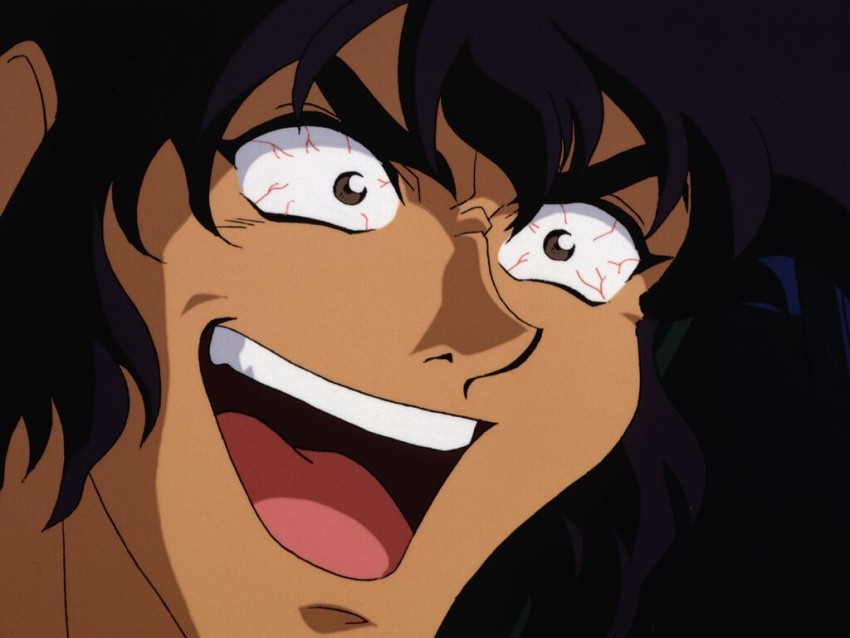 It’s hard to imagine Nadesico’s Tatsuo Sato practising law, but it was the profession he was originally going to enter. “There’s absolutely no relation whatsoever,” he laughs, commenting on his major at Waseda University and his eventual career as an anime director. Which, in a way, makes him a suitable candidate to direct a series featuring a cook turned robot pilot as the protagonist.
It’s hard to imagine Nadesico’s Tatsuo Sato practising law, but it was the profession he was originally going to enter. “There’s absolutely no relation whatsoever,” he laughs, commenting on his major at Waseda University and his eventual career as an anime director. Which, in a way, makes him a suitable candidate to direct a series featuring a cook turned robot pilot as the protagonist.
“I was also making movies at the time and wanted to work in the film industry,” he explains, “but animation was easier to get into, so I tried that instead.” After graduation, Sato started at Asia-dou as an animator. “I liked anime so I didn’t have any second thoughts about entering the industry. Hayao Miyazaki’s works, like The Castle of Cagliostro, were an inspiration. I thought that visually, animation could do some things that weren’t possible in live-action films.”
Sato says that his about-face in career was no shock to anyone who knew him well. “None of my friends were really surprised because they all thought I was a bit odd anyway,” he grins. “But they also believed that I could do anything I set my mind to do.”
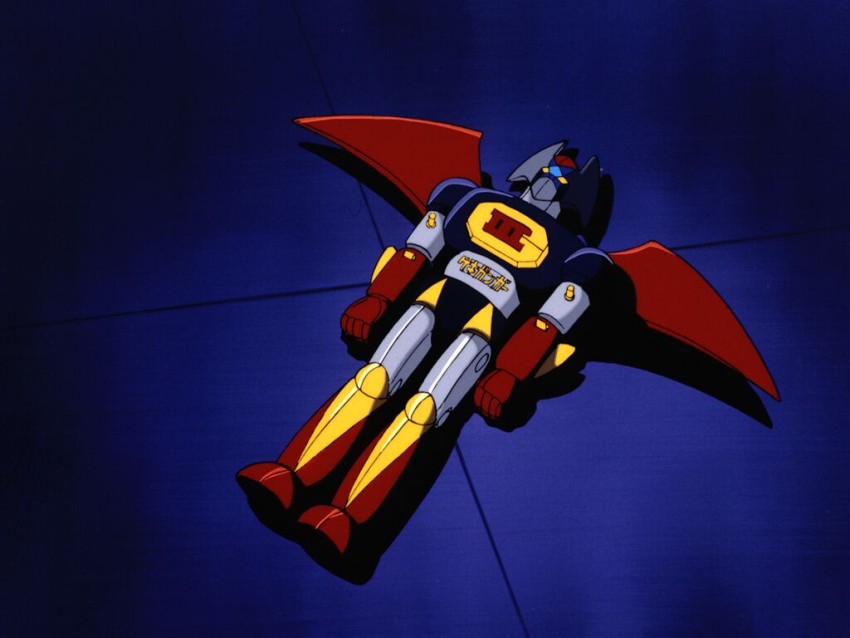 Asked whether Nadesico’s subtler references are for his own amusement or for sharp-eyed fans, he replies that “Of course it’s for the fans, but I also had to be a fan myself when working on the show.” The hilarious Gekiganger Three segments clicked with older audiences, bridging the gap between the classic Seventies robot genre and their more sophisticatedly-plotted later counterparts in the one show. “Fans saw Nadesico as something like Mazinger Z mixed with Gundam,” he remarks.
Asked whether Nadesico’s subtler references are for his own amusement or for sharp-eyed fans, he replies that “Of course it’s for the fans, but I also had to be a fan myself when working on the show.” The hilarious Gekiganger Three segments clicked with older audiences, bridging the gap between the classic Seventies robot genre and their more sophisticatedly-plotted later counterparts in the one show. “Fans saw Nadesico as something like Mazinger Z mixed with Gundam,” he remarks.
AW: You originally remarked in Newtype magazine that you didn’t know enough about hard science fiction to take on directing Nadesico. What finally changed your mind?
TS: When I started thinking about it, I realised that many other science fiction anime creators weren’t that knowledgeable in hard SF concepts, either, so I felt that I could do it, too. While making Nadesico, I did do some research, so I learned as I went along. For the purists, it could have been considered rude, but that’s how I made it.
What’s important is how you depict SF visually, whether you have the right touch. I did watch a lot of past works and did get some influences, but that was only a part of it. Now, I think I’m better than average in the genre and I feel that I have what it takes to inspire audiences. Besides all the SF concepts, I also worked hard to add other elements that I thought would make the show more fun.
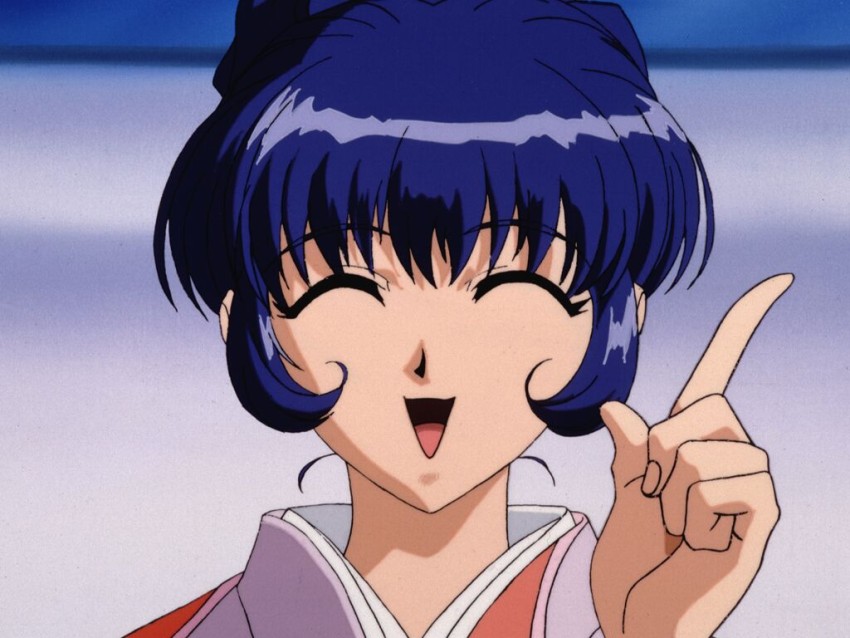 Many botanical words were used as names for the machinery. Was there a reason behind the floral imagery?
Many botanical words were used as names for the machinery. Was there a reason behind the floral imagery?
There’s a perception that action and battles are very manly things, but we wanted to give the show a softer edge. The name of the ship Nadesico was actually decided before I joined the project. In Japanese, we have a phrase Yamato nadeshiko. It means “the ideal traditional Japanese woman,” and we just separated the word nadeshiko [Dianthus barbatus, an old English garden flower, or sweet william]. It has a very womanly connotation.
How much research did you or the writers have to do to come up with all of Inez’s scientific jargon?
We had a science fiction supervisor, a Mr Sakai, working on the show, who was like The Brain. He has many associates who are well versed in science fiction concepts, so they’d made lots of suggestions. Because I had a link with them, it made my job much easier.
Ruri has become a fan favorite. She doesn’t show much emotion, like Rei from Evangelion. Why do you think these characters become so popular?
Anime fans really use their imagination, so for a character like Ruri who doesn’t emote very much, they can come up with their own ideas of what her personality is like. She’s mysterious, and fans can fall for that aspect of her.
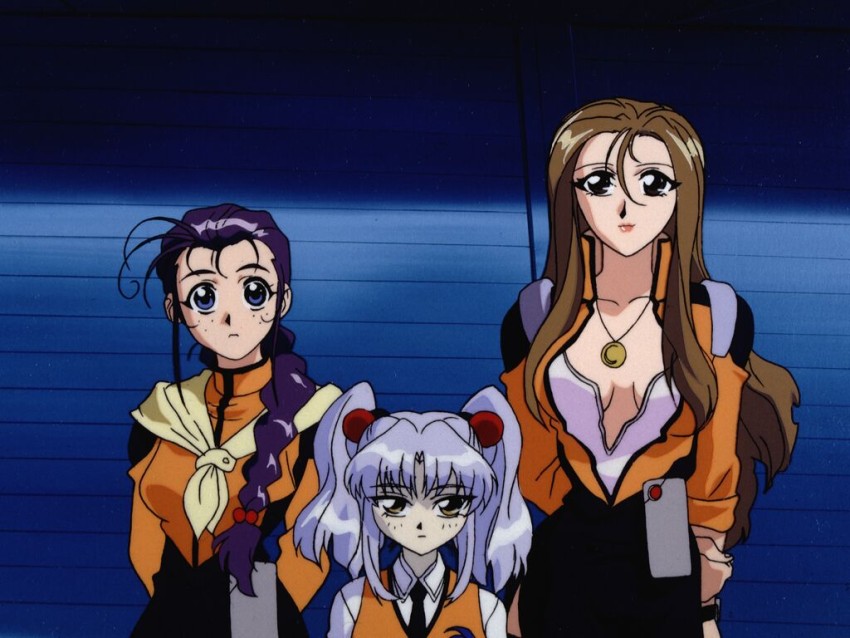 There are many odd characters in the show, but the oddest is the pilot Maki. Not much is revealed about her past – did you have a backstory for her in mind?
There are many odd characters in the show, but the oddest is the pilot Maki. Not much is revealed about her past – did you have a backstory for her in mind?
Of course! [laughs] Maki is always saying jokes during battle that aren’t funny. That’s because her parents are Korean, so all of her jokes are culturally different. That was our first idea. But as Nadesico’s story continued, bit by bit we decided to wreck her character, so by the end she was just saying nonsense! We’d also determined that her parents would be soldiers, as well as comedians. They’d travelled extensively around the world for no particular reason and had picked up many cultural quirks along the way.
Miss Howmei’s name actually means ‘delicious’ in Cantonese. Was the name a deliberate choice for her role as a chef?
No one had asked that question before! For a chef, it seemed like an appropriate name, but I don’t think many Japanese understood it. I worked with a Mr Aikawa, Nadesico’s chief editor. We made up small jokes here and there with many of the names.
The series constantly shifts from drama to parody to comedy. What was your approach to balancing all these elements through the episodes?
It’s not really something I thought about in too much depth, it just depended on how I felt at the time. I try not to analyse these kind of things things too much, because the result could seem too overworked.
With a variety of guest writers contributing to the show, were new jokes or twists in the plot added at the last moment?
It happened constantly. Of course, the series structure and plot were set, but during storyboarding jokes would sometimes be added. We’d see something on TV that inspired different dialogue or gags for the characters and put them in. Beyond that, sometime the script would change on recording day. We could get a better impression of how lines worked with the voice actors so sometimes we’d changed them to fit.
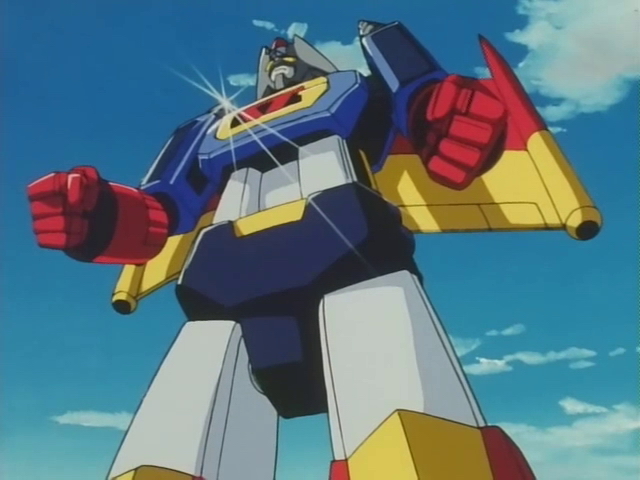 Some of the funniest moments have to do with the retro animation style of the Gekiganger show. How much fun was it to do?
Some of the funniest moments have to do with the retro animation style of the Gekiganger show. How much fun was it to do?
It was a lot of fun [laughs]. We drew the explosions exactly like the two-frame explosions of the old shows and for the sound effects, we called up the old-school effects staff to do them again, the same way, for Gekiganger.
Actually, before Nadesico I worked on a children’s show called Fly Isami, which also had a TV show within a TV show. Children can relate to words like “bravery” and “justice” very easily and during a typical day, one of the main things they like to talk about with friends are heroes that they’ve seen on TV. It makes things more realistic and it’s a concept I want to put in my work. When Nadesico came along, the Gekiganger segments were very easy to do.
Nadesico made fun of just about everything anime-related. Was there any response from fans or creators of the shows you parodied?
Well, the people involved with making the Gekiganger segments had a lot of fun, they’d said that it was a very nostalgic experience. The audience reaction was split, half of them really enjoyed it; the others thought that I was rude.
Many directors and writers comment that a good comedy is hard to do. Was it easy for you to determine what kind of jokes would work with the audience?
In terms of making people laugh, if you start to over-think things, then you’re already doubting your own ability; it’s unproductive. So I just believed in myself, that what I found funny, fans will also find funny. So far, I think I’ve been successful.
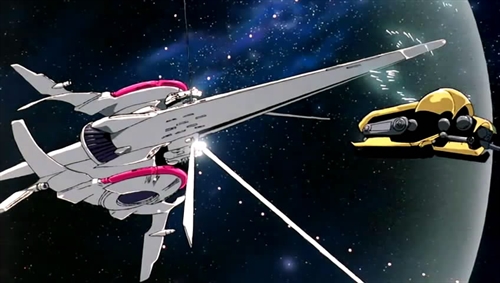 What were some of your aims when you made the Nadesico movie, in terms of where you wanted to take the story and the visual style?
What were some of your aims when you made the Nadesico movie, in terms of where you wanted to take the story and the visual style?
I wanted to make an oriental cyberpunk story. Of course, there’s lots of cyberpunk stories out there, but I was interested in creating something with a different flavour. Oriental cyberpunk is a little difficult to explain. It’s a little more relaxed… yet struggling hard at the same time. Underneath all the technology and concepts associated with the genre, it’s essentially a very Japanese story.
Do you have fond memories of old robot or SF shows from your childhood?
I watched Mazinger Z and Getter Robo when I was a child. Since then I’ve started working and raising a family, but I still think back to what those shows were like. Actually, looking back now the stories were very straightforward, some parts weren’t that good and sometimes they didn’t make much sense.
But I still haven’t forgotten the sensation of how I felt at the time. I can’t define it and I’d talked a lot with Mr Aikawa about it. I think it’s a very important feeling to keep, and one that is necessary for children today. It’s a feeling that I want audiences to have when they see my work.
Martian Successor Nadesico is released in the UK by Anime Limited.
Leave a Reply